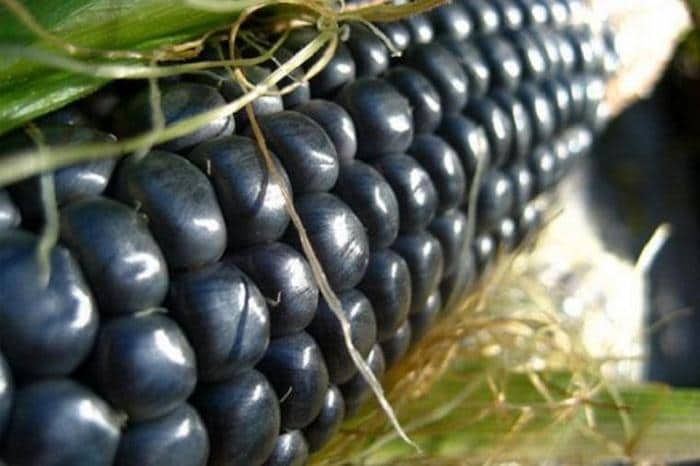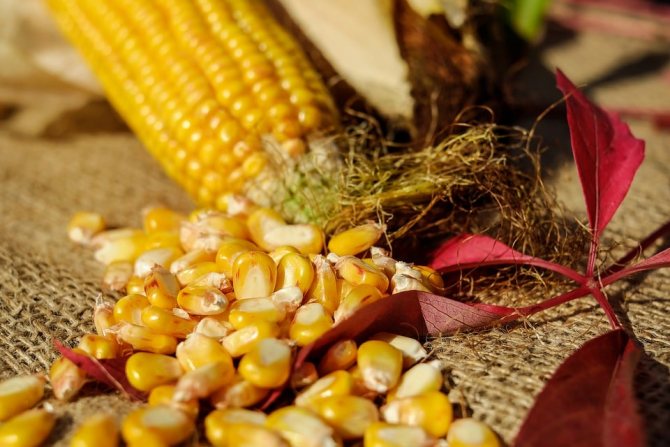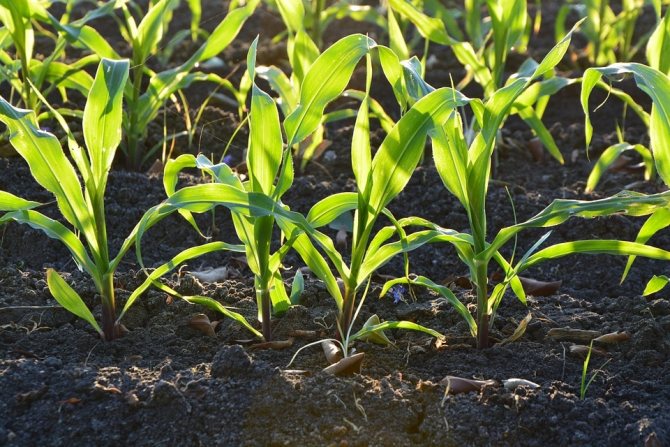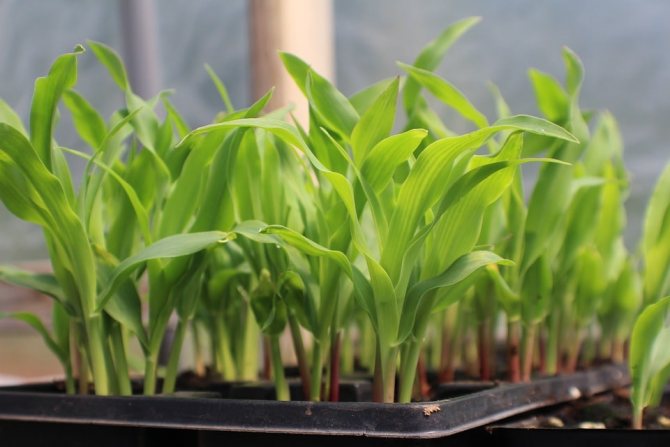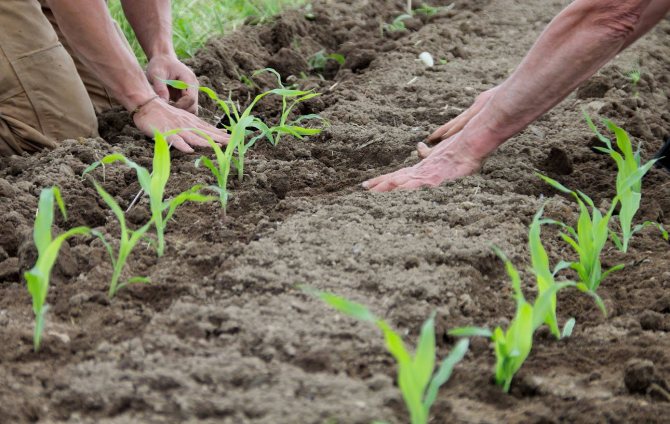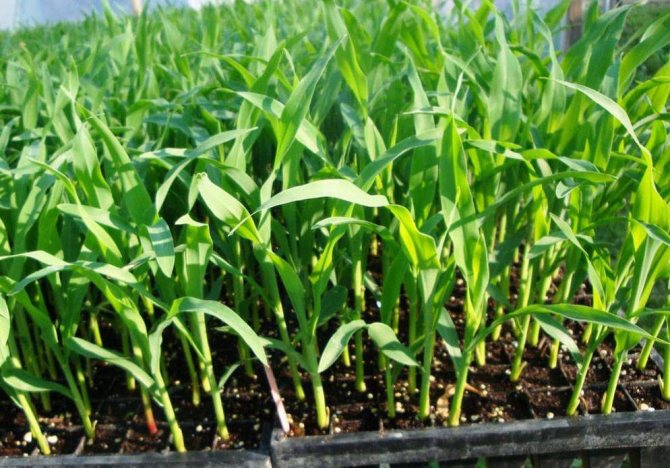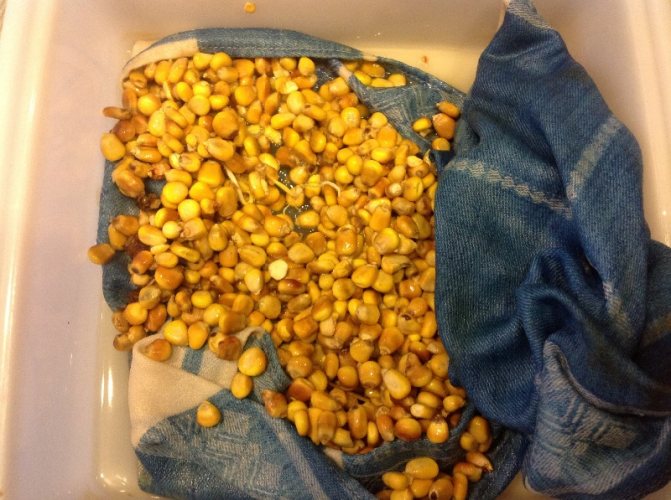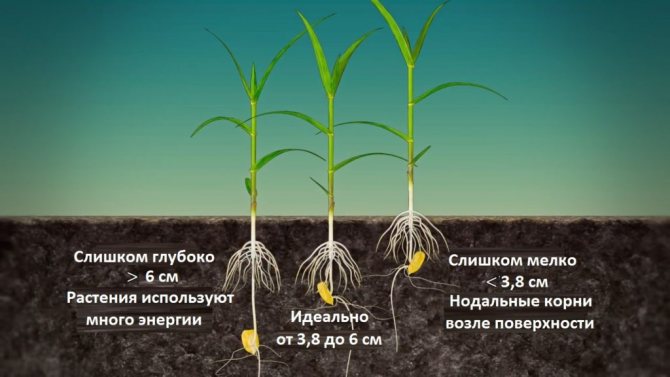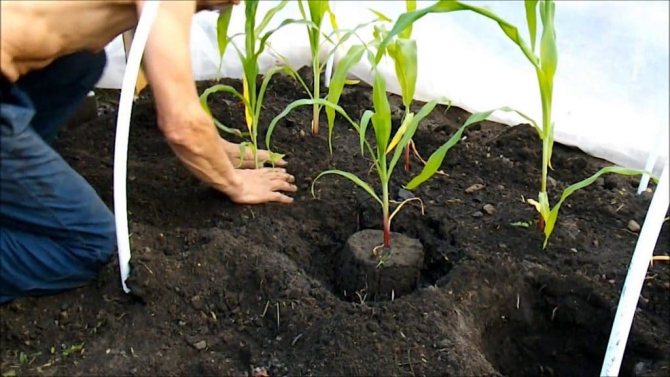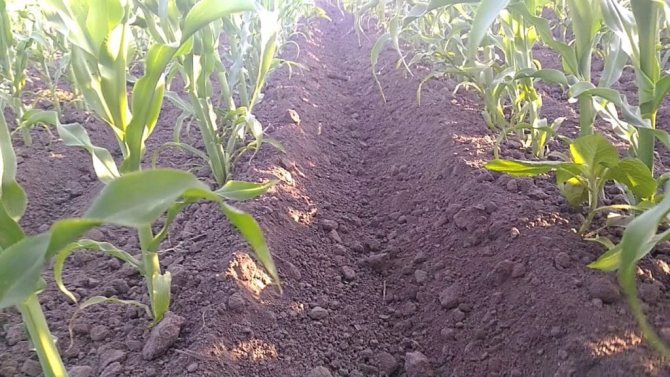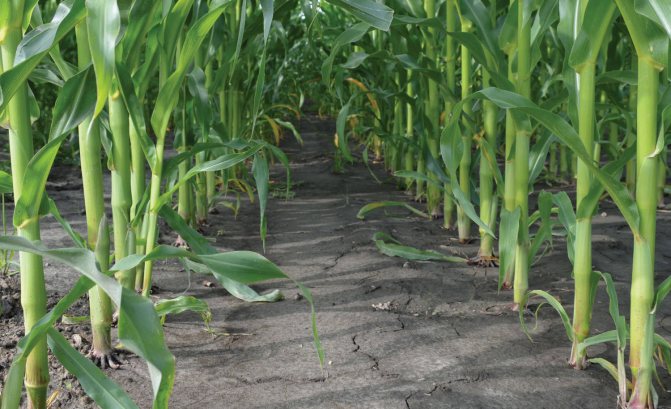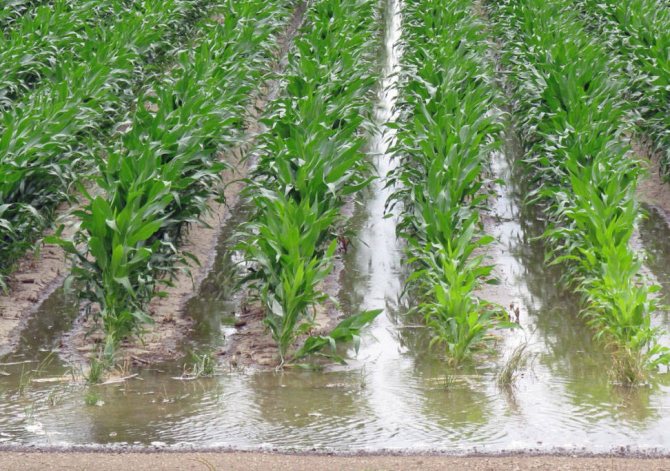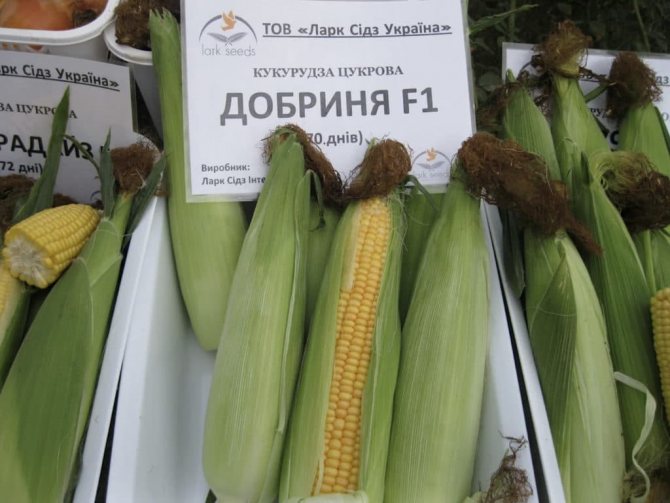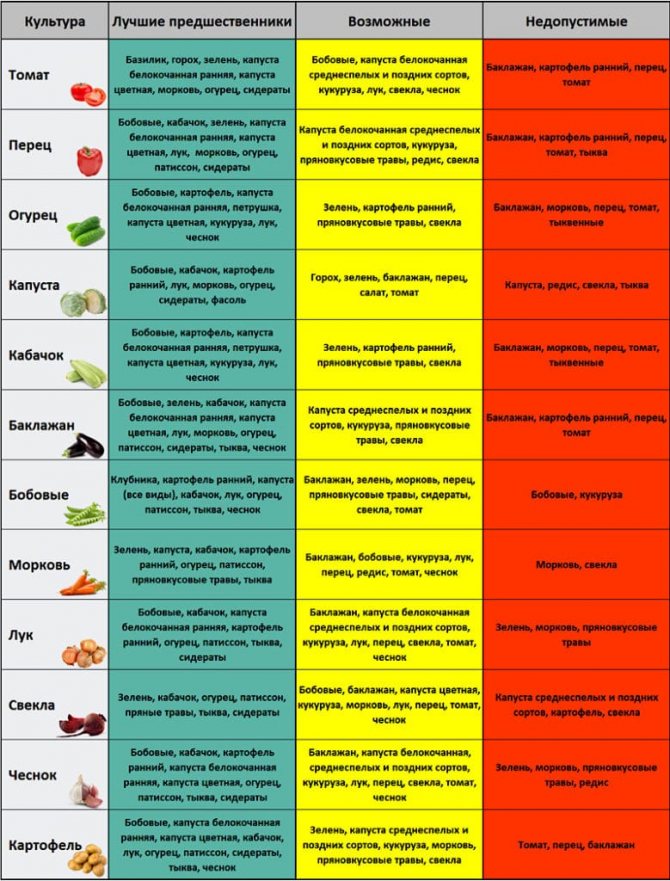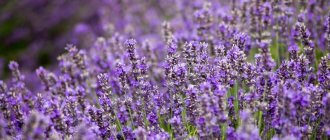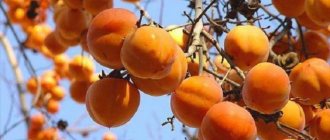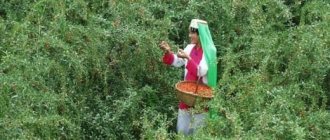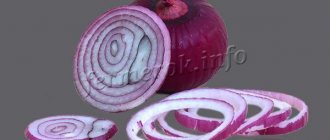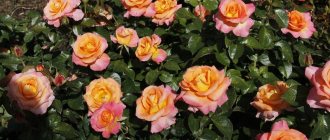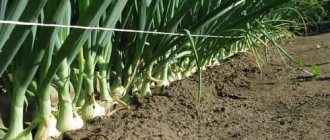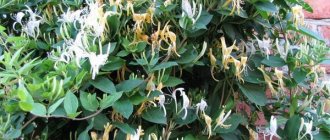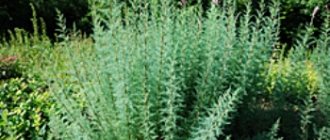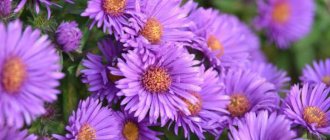How to plant corn for a good harvest and full of corn on the cob? The plant grows well in any soil. But in fact, the cultivation of this crop is important to produce, taking into account certain rules of agricultural technology. When should maize be planted, how to prepare the soil and seeds, and which planting method should you choose?
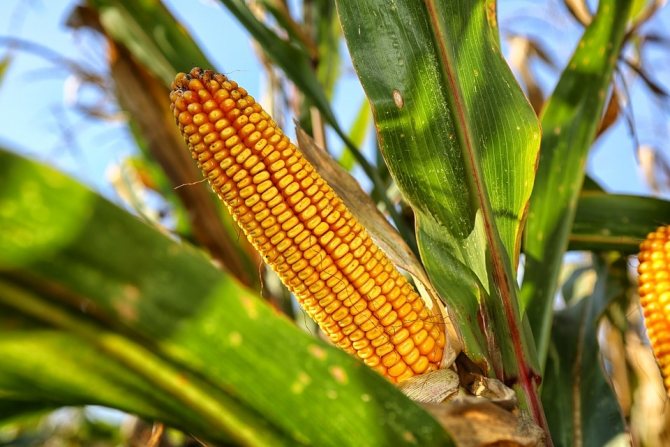
Photo: PxHere
Where corn is grown in Russia
On the territory of Russia, planting of a thermophilic crop is carried out on 2800 thousand hectares, mainly in the southern and central black earth regions. In many regions, the corn on the cob is fully ripe:
- in the North Caucasus;
- in the Krasnodar and Stavropol Territories;
- Rostov, Volgograd, Voronezh, Kaluga, Kaliningrad and other regions;
- in the southern regions of the Far East and Siberia.
The technology of growing corn by planting seeds in open ground makes it possible to cultivate a valuable forage plant for animal feed as silage and greenery in all regions of the middle zone. The country is in the top ten for corn grain production in the world. The average yield corresponds to the global one - 54.6 kg / ha. The seeds are used as fodder; starch, cereals, flour, ethanol are made from them. In addition to the food industry, they serve as technical raw materials in other areas.
Features of growing corn
Anyone who wants to plant seeds in open ground, take into account that seedlings slow down development already at + 6 ° C. Among the main conditions for the growth of corn, there are planting rules:
- in crowded plantings of open ground, the seeds do not ripen;
- on a monoecious plant that requires cross-pollination, the inflorescences are in different parts of the stem, it is better to plant not in long single rows, but in one square array;
- powerful roots of the culture reach a depth of more than 1 m, corn tolerates dry periods, although the filling of the cobs with ripe seeds suffers;
- for a good yield, it is watered during the flowering and seed formation phases.
When to plant corn outdoors
The culture develops within + 12-25 ° С, gaining green mass only at temperatures above + 12 ° С. If it is below 15 ° C at night, development is inhibited and the ears do not ripen. In spring, the seedlings will tolerate frosts down to - 1 ° C, although the shoots will become much weaker and turn yellow. If it is warm, the corn from the seed planting in the open ground is leveled and gives a good yield.
In the southern regions, they sow for grain from the twenties of April to 15 May, at rates of + 10-12 ° С. In the climatic conditions of many regions of the middle belt, corn for grain is not planted in open ground, because the cobs do not ripen, sometimes they do not even reach milk ripeness. In the regions north of the Kaluga and Bryansk regions, the spring temperature reaches stable heat indicators later. Here, they do not grow corn on their personal plot by planting seeds directly in the gardens, but get the harvest through seedlings for consumption in the phase of milk ripeness.
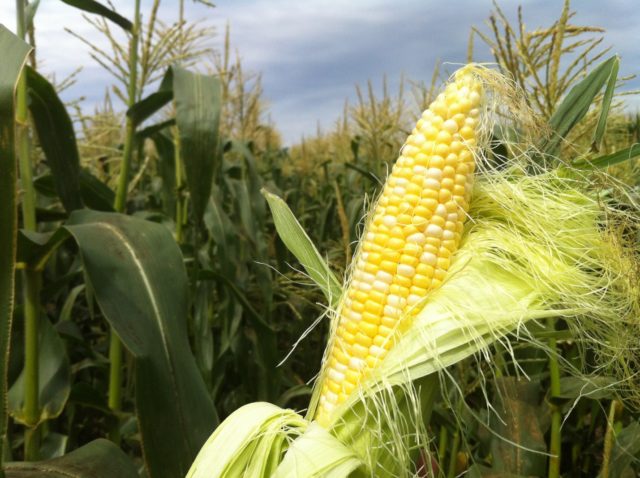

Description of the stages of cultivation on a personal plot
Growing the queen of the fields in the country begins with the choice of a variety or hybrid of a crop.
Choosing a variety or hybrid
There are a lot of varieties and hybrids of corn. The variety is chosen based on the goals of cultivation: for fresh consumption, preparations for the winter or freezing.
Distinguish:
- Early varieties - Sundance, Gourmet 121 (pictured), Trophy F1, Landmark F1. They give a good harvest in a short time. Plants tolerate transplanting well and are often grown via seedlings. From the moment the sprouts appear to milk ripeness, an average of 65-89 days pass. They are used fresh (boiled).
- Mid-season varieties - Mermaid, Favorite, Pearl, Spirit F1. More resistant to adverse weather conditions. They sit for a month longer. Suitable for fresh consumption, canning and freezing.
- Late varieties - Bashkirovets, Polaris, Russian bursting 3. The most productive, but also long-ripening varieties. Individual specimens grow up to three meters in height. The ripening period lasts up to 150 days. Resistant to disease and lodging. Versatile to use.
Seed preparation
Corn is grown in two ways: by sowing seeds directly into open ground and through seedlings. The seedless method is less laborious, but does not allow an early harvest. In this case, crops are more resistant to the whims of nature.
One week before sowing the grains are heated at a temperature of + 35 ° C. Seed material is soaked and floating specimens are removed. Quality grain is wrapped in a wet cloth and kept wet until germination.
Before planting, the seeds are disinfected. from pests and diseases. To do this, they are soaked in a solution of potassium permanganate, aloe juice or preparations "Merkuran" or "Granozan".
Grain for seedlings is planted in plastic or peat cups... The diameter of one container is about 10-12 cm. The glasses are filled with a mixture of sod substrate and humus or compost in a 1: 1 ratio.
Prepared seeds are planted to a depth of 3-4 cm... Young plants are planted in a permanent place after a month.
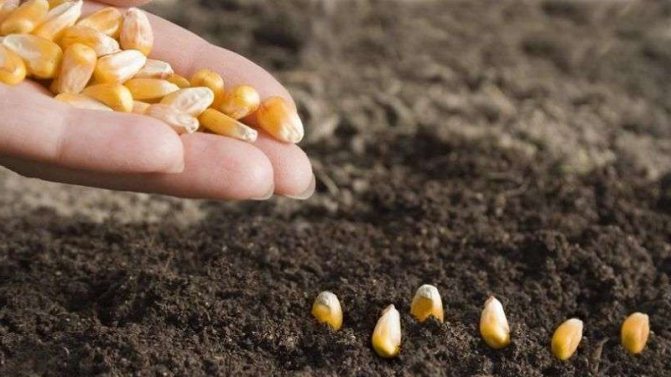

Soil preparation
Soil preparation begins in the fall and consists of harvesting predecessors, digging and fertilizing.
For sowing, choose a well-lit area, protected from cold winds. Corn loves fertile soil: black earth, loamy and sandy loam with good aeration and water permeability.
The best predecessors for corn are considered winter and spring cereals, legumes, cabbage, tomatoes, melons.
Important! Like all grains, corn absorbs a lot of nutrients from the soil, so it is not cultivated in the same place for more than two years in a row.
In the spring, the soil is loosened to the seeding depth... This will saturate the soil with oxygen, retain moisture and accelerate the emergence of sprouts.
Landing
Seeds are sown in open ground after the soil warms up to + 12-13 ° С... The landing pattern is determined based on the manufacturer's recommendations. On average, a distance of 50-60 cm is maintained between rows, and between plants - 30-40 cm.
Seeds are embedded in prepared and moistened soil to a depth of 6-8 cm and sprinkled with earth.
When planting through seedlings, holes are prepared in advance a little more deep than a glass. Then the plants are watered and mulched.
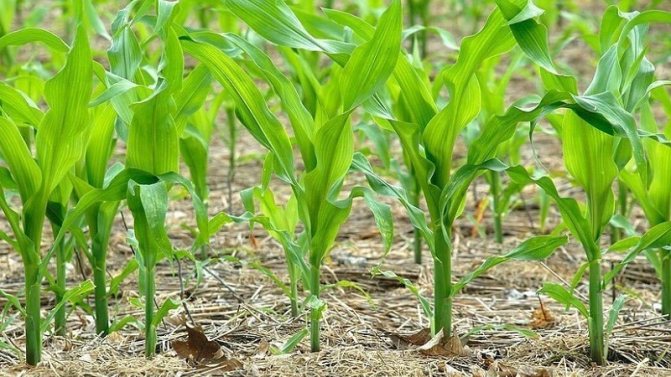

Whatever you grow, it is important to properly care for the plantings... Caring for corn beds comes down to watering, fertilizing, protecting against pests and diseases.
How much water does crops need? The intensity of watering depends on the climatic conditions and the stage of plant growth.... The culture experiences the greatest need for moisture in the phase of development of 9-11 leaves, when the plant is actively increasing its green mass, and during the flowering period. Lack of moisture reduces the quantity and quality of the crop.
After watering, the soil is loosened, along the way, removing weeds... Loosening and weeding is especially important at the initial stage of plant development.
- the first - at the stage of formation of 3-4 leaves (organic fertilizer);
- the second time - at the stage of sweeping panicles (mineral).
Diseases and pests
Corn crops are susceptible to fungal diseases... The most dangerous of them are:
- Fusarium... It affects the cobs, stems, young shoots. Reduces yield by half. It is characterized by the appearance of a pink bloom on the cob. Subsequently, the grains darken and collapse. The disease spreads due to the high acidity of the soil, excess moisture, a drop in air temperature, and thickening of crops. As a result of the vital activity of the fungus, toxins accumulate in the tissues of the plant, which are dangerous for humans and animals.
- Rust... The causative agent of the infection becomes more active in July. Light yellow spots appear on the underside of the leaf, which eventually darken and become covered with pustules with fungal spores.
- Bubble smut... Fungal disease, accompanied by the appearance of neoplasms on foliage and ears. It develops due to prolonged drought.
For the prevention of fungal diseases seeds are treated with fungicides "Vitavax", "Vitalon", "Alios", etc. The working fluid is prepared in accordance with the instructions on the package.
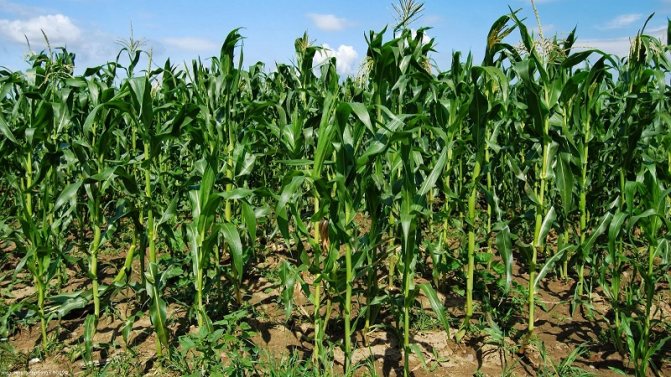

Common pests in corn fields include:
- The wireworm is the larva of the click beetle. Loves high humidity. The larvae gnaw the root system of plants and are able to completely destroy crops.
- The larvae of the scoop. Cotyledon leaves and young corn sprouts are devoured, as a result of which the plants stop growing and die.
Treatment of crops with insecticides "Kinfos", "Karate Zeon", "Tsiperus" and others helps to protect against pests. Spraying is carried out during the growing season:
- when the first wave of pests appears;
- in two weeks.
Working fluid consumption - 200-400 l / ha.
Preventive measures include observance of the rules of crop rotation, deep plowing in autumn, spring cultivation.
Harvesting and storage
The ears, intended for consumption in raw, boiled or canned forms, are harvested at the stage of milky ripeness. At this stage, the beans have a mild sweet taste. First, the heads of cabbage are removed, located closer to the top of the stem. They are the first to keep up.
How to plant corn in a vegetable garden
If the region is favorable for crops, the correct planting of corn in relation to the choice of the site, the layout of the holes, the time of sowing seeds in open ground will bring a successful collection of tasty cobs in August.
Planting site and soil preparation
A drought-resistant crop gives a good yield in areas with an acidity of 5.5 to 7.0 pH, which is taken into account when growing corn in the country:
- loam;
- sandy loam;
- chernozems.
On sandy soils, planting is carried out in the presence of irrigation or frequent precipitation. An important condition for the harvest of a crop grown by planting seeds in open ground is the fertility of the site. Suitable predecessors:
- tomatoes;
- melons;
- grain crops;
- roots.
The plot is chosen spacious and sunny. Fertile soil for planting plants with a powerful habit is provided from autumn. Enriched with organic matter before autumn plowing, adding 30-50 g of phosphorus-potassium preparations. Modern varieties are not very prone to lodging, but they select areas with wind protection.
Attention! Corn grows well on fertile, moisture-intensive soils with neutral acidity, does not grow on lowlands with heavy soils and stagnant moisture, as well as on peatlands.
Soaking corn before planting
Seeds are stored in a cool and dry place before planting in open ground. For early germination, corn is soaked in ordinary water for 12-20 hours before planting. Summer residents also use melt water or dissolve a spoonful of honey in a glass of water, and mix equally aloe juice with water. First, the seeds are immersed in a cloth bag in a slightly pink solution of potassium permanganate. For soaking, put a cloth on a plate, and seeds on top with one ball. Water is poured so much that the grains are not completely submerged.Corn is planted in the ground with wet seeds, without drying.
A warning! If the site is infested with underground pests, the seeds are pickled.
Corn planting scheme
A crop requiring cross-pollination has two different inflorescences on the same plant, a female and a male. For yield, they are planted in an equilateral area. A proven scheme for planting corn in open ground in private farms is the square-nest method. The holes are made at a distance of 60-70 cm.Other option: the spacing in the row spacing is 60 cm, between the nests at least 40 cm.
Advice! In mixed plantings with cucumbers or pumpkins, the holes are placed every 1-1.5 m.
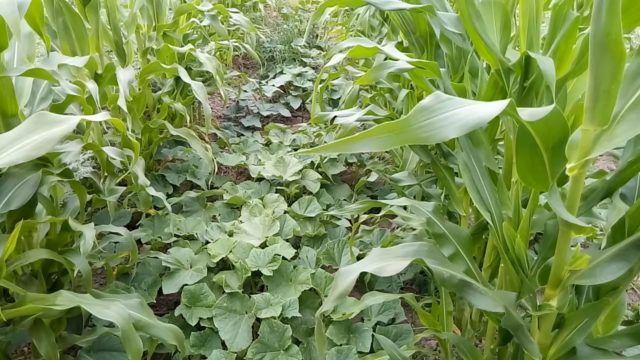

Planting depth of corn
It has been noticed that it is better to deepen the seeds in open ground by 3-4 cm in heavy soils and up to 7 cm in sandy loam. The grains have time to warm up, and the seedlings break through in warm weather in 10-12 days. The planting depth is also adjustable for different maize planting methods using modern hand-held large seed drills.
How to plant corn outdoors with seeds
Planting seeds directly into open ground is best done on still moist soil, which has retained spring moisture in the depths. If the temperature is suitable for sowing, using a special garden marker, similar to a huge rake, draw lines at the intersection of which holes are made. The marker teeth are adjusted to the optimum distance for planting maize. They make holes with a chopper to the required depth and, while the soil is wet, immediately throw at least three to four seeds.
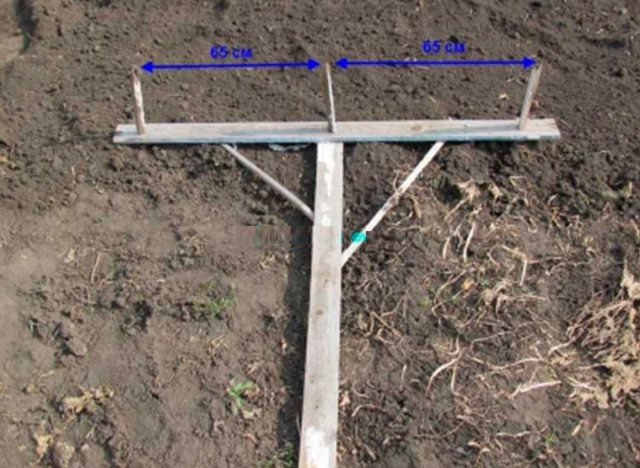

When the sprouts rise to 7-8 cm, they are thinned out, leaving the strongest ones. In the southern regions, two shoots are usually left in the nest, in the northern regions, one at a time. Who wants to plant corn with cucumbers, the holes are placed, increasing the interval between them by half.
Comment! To feast on tasty cobs in milk ripeness for a long time, the conveyor method of planting sugar varieties is used. Seeds are planted every 2 weeks, from late April to early June.
Features of planting seedlings and subsequent planting in the ground
Cultivation of corn in Russia, where recurrent frosts are frequent, and the summer is very short, usually begins with growing seedlings.
But since corn reacts negatively to transplanting, the seedling method has some subtleties.
Advice! Use only peat pots for growing corn seedlings. This will free you from diving and protect the roots from touching your hands when landing on the garden bed.
Requirements for conditions
To get strong seedlings, you need to properly plant the corn.
Seed planting begins at the twentieth of April.
It is important that the room temperature does not drop below 22 ° C.
To ensure good lighting and the right air temperature, install a fluorescent lamp before sowing, otherwise the young sprouts will stretch out, making it very difficult to care for them.
Remember! Young seedlings are very afraid of drafts.
The main care for corn seedlings is regular watering and timely fertilization.
Corn loves water, drying out of the soil can lead to the death of zelents.
Soil preparation
You can purchase land for planting in a specialized store, or you can compose it yourself. This requires:
- humus - 2 parts;
- sand - 1 part;
- peat - 1 part.
Mix everything thoroughly by adding one and a half cups of wood ash to each bucket of the resulting substrate.
Fill the peat pots with this mixture and start sowing the seeds.
This is done like this:
- Place 3-4 grains in containers;
- Deepen them 2-3 cm;
- Prepare a solution of warm water with a foundation in a proportion of 10 liters x 4 grams;
- Moisten the soil in containers with it;
- Place on an east or southeast windowsill in full sun.
Remember to constantly moisten the potting soil.
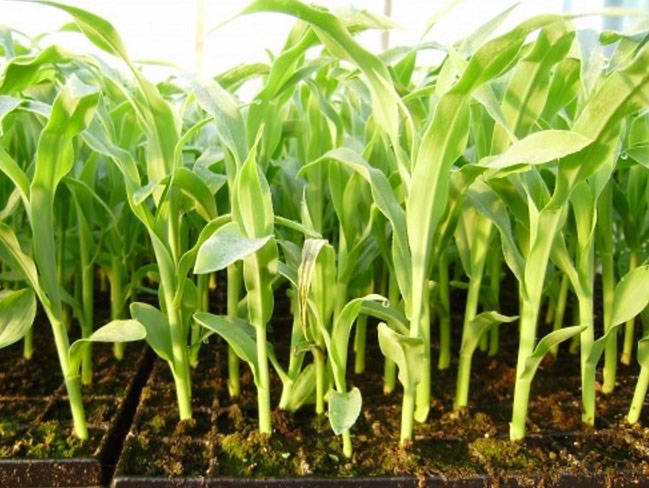

After the corn seedlings have begun to grow, feed them with mineral fertilizers such as Polyfida or Kemira-hydro.
Watering with a growth stimulant will not hurt either. Feed the seedlings every 7-10 days.
When the third or fourth leaf appears, select one sturdy seedling in each pot, remove the rest with scissors, cutting them off at the very surface of the ground.
About 7-10 days before planting seedlings under the open sky, conduct hardening sessions, taking them out into the shade on the balcony or in the canopy, every day increasing the time the seedlings stay outside the house.
How to grow corn in the country
Sowing of corn is carried out, observing the requirements for the cultivation of a heat-loving plant.
Agroclimatic conditions for growing corn
The best climatic conditions for planting seeds directly into open ground are observed in regions where high summer temperatures persist for a long time. Here you can grow corn for grain. In other areas, planting with seeds in the garden is carried out to obtain ears in milk ripeness. In private farms, sugar early ripening varieties are grown, which are ready for consumption in 60-70 days. Looking at the photo of how corn grows, you can see well-groomed beds. The culture is not so much demanding on certain soils, as on agricultural technology.
How often to water the corn
Plants require a lot of moisture within a month, after 45-55 days from germination. Then panicles are formed on the tops and female inflorescences, stigmas, on future cobs. Watering corn in the open field is important 10-15 days before the beginning of the discarding of the upper male inflorescences and up to the entry of the formed seeds into the phase of milk ripeness.
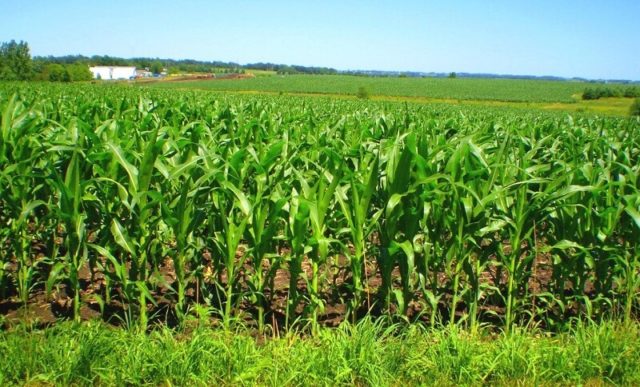

It is during this period that the lack of moisture affects the yield: short, incomplete ears and small seeds can form. At the same time, you need to know that excess moisture, rains at low summer temperatures, below 20 ° C, also significantly slow down the growth of corn and even lead to the spread of diseases. Plants are watered once a week.
Top dressing of corn
Fertilize in the early stages of development, when 6-7 leaves are formed. Organic and mineral preparations are used. Fertilizers are dissolved in water and applied to the aisles on wet soil.
Mulching and loosening
The beds are often loosened, at least 3 times during the growing season, weeds are removed. In the middle lane, it is advisable to grow corn on a high layer of mulch, which provides additional nutrition and reduces weed growth. Care must include the removal of stepchildren, which are formed at the bottom of the stem. Otherwise, a bush will form, not cobs.
Selection of varieties and recommendations for care
For sowing, it is necessary to use varieties zoned in a specific region or, ideally, varieties of local selection. For Siberia, the Urals and the Far East, only cold-resistant, early-maturing hybrids with high yields are suitable. In the Moscow region, you can grow mid-season varieties and even get your own seeds for sowing next year. You can also experiment with unusual varieties that are considered decorative.
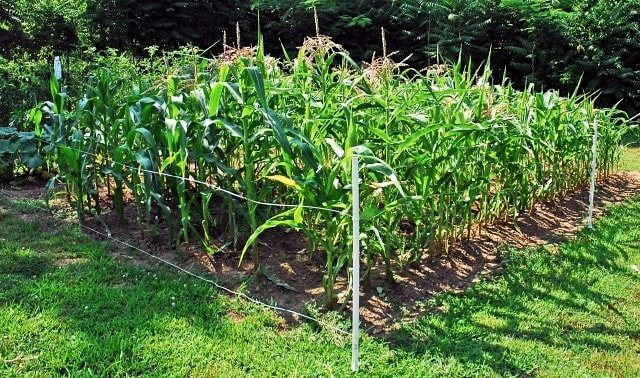

The group of cold-resistant and early-maturing hybrids and varieties of sweet corn: Lakomka 121, Golden Fleece, Spirit and Dobrynya. In Central Russia, you can grow varieties and hybrids with an average ripening period (80-90 days): Early Zolotaya 401 and Sundance. The Ice Nectar variety with a late ripening period under the conditions of the Moscow region gives a good harvest of sweet ears of milk ripeness, and it is quite possible to obtain seeds in favorable years.
Caring for vegetable corn has some peculiarities. Despite the fact that it is a drought-resistant species, during a prolonged drought and during the period of flowering and crop formation, it needs abundant watering, followed by loosening of the row spacings.
The vegetable variety is prone to the formation of numerous stepchildren, which take away some of the nutrients and prevent the plant from forming full-fledged cobs. Therefore, it is recommended to remove all lateral branches, leaving only 2-4 main ears.
During the season, corn must be huddled twice and 2-3 top dressing should be carried out. The first feeding is carried out at the beginning of active growth with organic fertilizer (infusion of mullein or bird droppings), during the flowering period the plants are fed with mineral fertilizers. If, after planting seedlings or the emergence of seedlings, there is a threat of a cold snap, then foliar feeding with phosphorus will reduce stress and prevent the plants from stunting.
Corn does not have to be planted in a vegetable patch; it can also be placed in a recreation area. It will become an exotic design element and will only take up a few square meters.
Growing corn in a greenhouse
In greenhouses, only sugar varieties are taken care of, since growing for grain indoors is unprofitable. When planting, it must be borne in mind that the crop gives a very poor harvest on acidic soils. Liming is carried out or replaced with chernozem, light loam with neutral acidity. Seeds are sown to a depth of 3 cm. Provide good lighting, irrigation with drip irrigation with combined dressings, heat, first from 12 ° C, when ripe - up to 24 ° C. Seedlings are shown on the 5-7th day. It is advisable to carry out artificial pollination in the flowering stage.
Diseases and pests of corn
Fungal diseases are common:
- dusty and blistering smut, characterized by black and gray fungal formations;
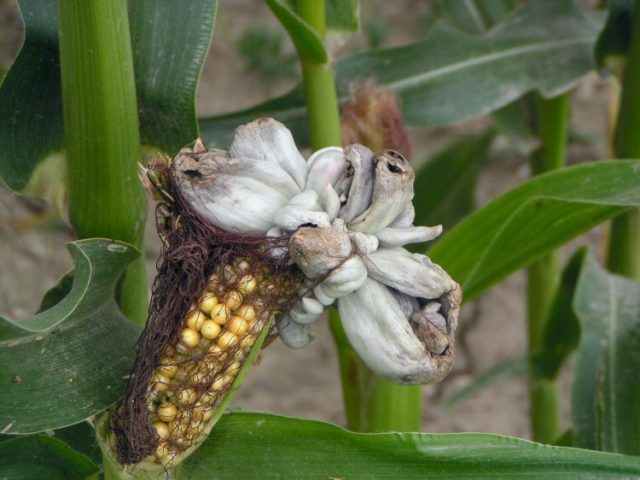

- Fusarium is noticeable with pinkish patches on the cob;
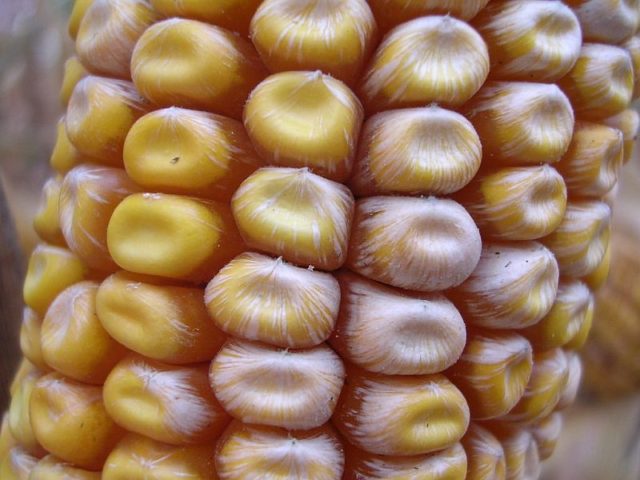

- anthracnose causes rotting of the stem and ears.
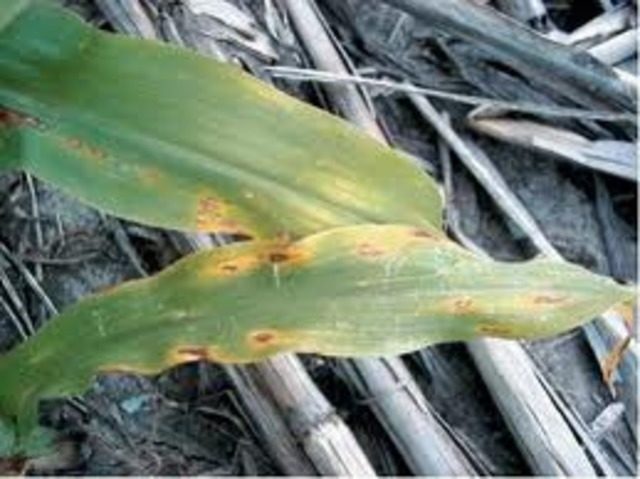

To protect the crop from diseases, the seeds are treated with Vitavax, Ditox, Granivit fungicides before planting.
The following parasites are parasites on corn:
- root aphid, which leads to damage to the shoots;
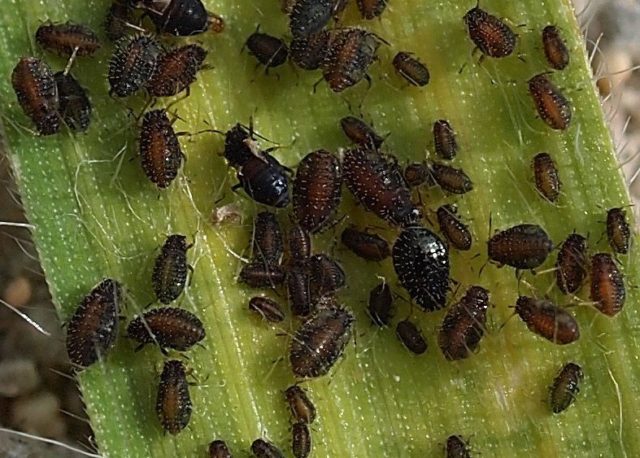

- stem moth, whose caterpillar feeds on leaves and ears;
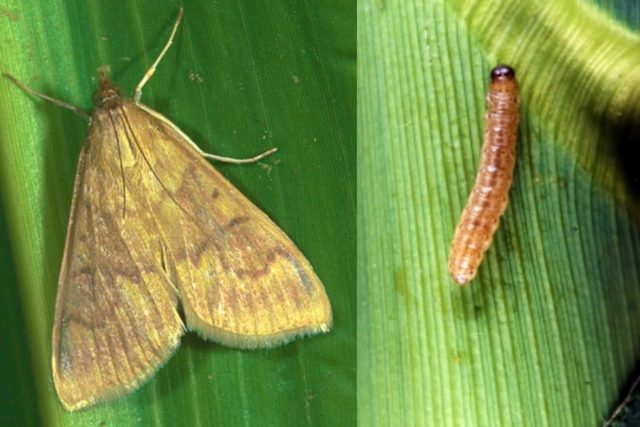

- the swedish fly damages the sprouts;


- the cotton scoop destroys the pistil filaments, which deforms the ears.
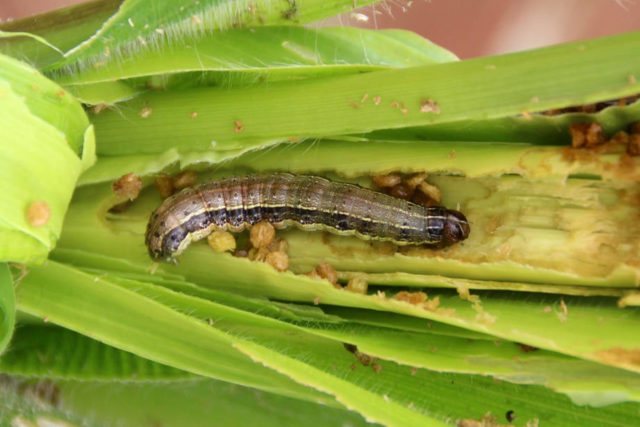

In a small area, in the fight against pests, an optimal soil balance is maintained, all plant residues are removed, and crop rotation is observed.
Care
The rules of care are as follows:
- watering,
- top dressing,
- loosening,
- hilling.
Watering and feeding
The crop responds with active growth to frequent watering. The roots of the plant go deep into the ground, and it takes a lot of water to get them wet. Watering the soil should be weekly and at least 20 cm deep, that is, 1 plant requires about 2 liters of water.
But it is important not to overdo it with watering, otherwise the plant will die. Overflow is evidenced by bluish leaves, damp rotten and blackened roots. The optimum moisture content of the earth is 75-80%.
The first watering is carried out immediately after planting seeds or seedlings. The main condition is moderation. Then you need to wait for the plant to grow 6-8 leaves. During this period, moisture is especially required to give growth to the cobs. After the appearance of inflorescences, watering is reduced to increase the sweetness of the fruit.
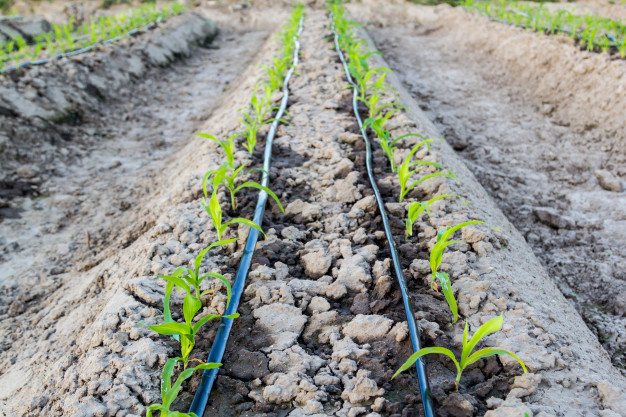

Drip irrigation of corn
During the growing season, top dressing is applied several times. The main fertilizer is nitrogen. With a lack of nitrogenous compounds, plant growth slows down, the leaves turn yellow and die off. It is rational to apply nitrogenous fertilizer together with watering until the moment when the first inflorescences appear.
Then nitrogen is replaced by the introduction of potassium and phosphorus. Once every 2 weeks, the following top dressing is prepared:
- a bucket of water
- 40 g potassium chloride
- 20 g ammonium nitrate
- 20 g superphosphate.
A bucket of top dressing is enough for 3-4 holes.
By the appearance of the plant, one can assume which element is missing in corn. For example, if there is a lack of zinc or manganese, then white stripes appear on the leaves.When fertilization slows down, this indicates a lack of boron.
Top dressing should be considered carefully, since during the season corn feeds not only fruits, but also long trunks and leaves, which require a lot of micro- and macroelements.
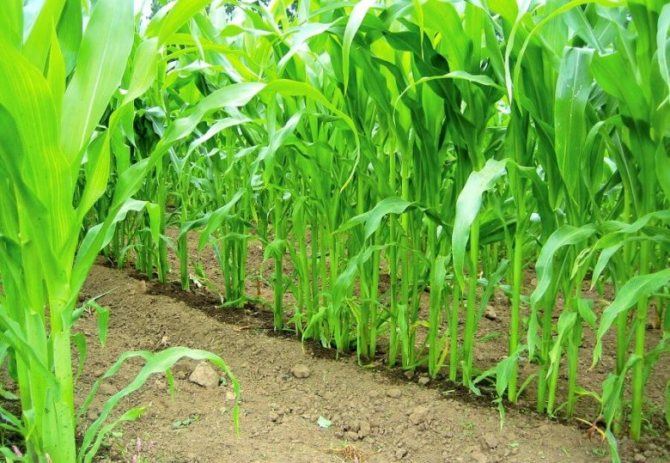

Top dressing is the key to success
Weeding, loosening and hilling
Weeding is an important part of grooming as aeration helps the plant to thrive. Loosening increases air permeability, improves water penetration to the roots, and reduces the risk of diseases. When loosening, most of the weeds are destroyed, so nutrients from the soil go directly to the corn, without spending resources on the growth of additional vegetation.
Pre-emergence harrowing is done 5-7 days after sowing. When the weeds are weak and thin, it is easiest to remove them. Harrow with light harrows across the furrows.
Post-emergence weeding is done when there are multiple leaves on the corn. For the first time, weeds must be removed at a soil depth of about 7 cm. Subsequent harvesting is determined visually, depending on the depth of the grass.
In large areas of cultivation, agricultural technology is used. In small summer cottages, a hoe, a flat cutter and a hiller will help to carry out weeding, loosening and hilling.
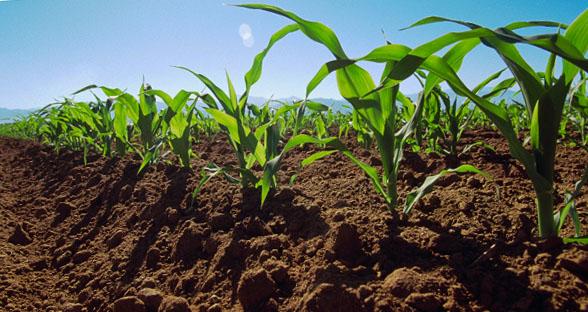

Hilling corn
Hilling is necessary to protect the stems from cold and wind. The first time the procedure is carried out when the plant has formed 5-7 leaves and has reached a height of 40 cm.
On a note! Corn can tell the gardener that the crop needs hilling. In this case, small shoots will be seen from the stem at a height of 5-10 cm from the ground.
Stepping
Grasshopping is necessary for the plant to grow strong. When several stems begin to form from one bush, then they should be removed, leaving the strongest. Sweet, bursting and flint corn, which has many stalks, is susceptible to clotting.
It is necessary to carry out the pinching procedure at the moment when the plant reaches a height of 25-30 cm. In this case, the yield of the ears will increase by about 15%.
Attention! It is important to distinguish stepchildren from young stems on which the ears will develop. In order not to be mistaken, it is worth knowing that leaves that come from the ground and slightly move away from the main stem are subject to removal. Twigs at a height of 12-17 cm from the ground cannot be removed.
The advantage of pinching is that the plant directs the juice to the fruit, imparting sweetness. The ears ripen better if no more than 3 of them remain on a young bush.
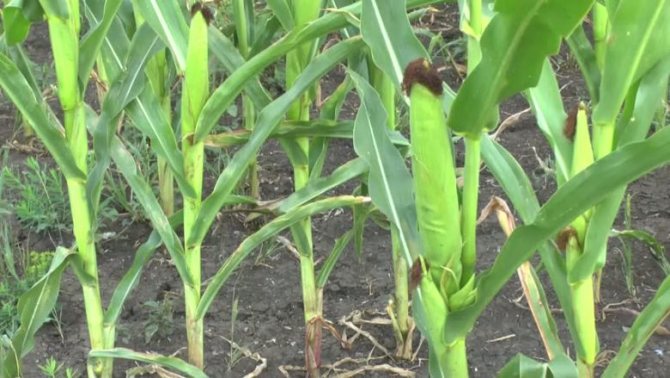

Grassing corn - removing the lower stems
Disease and pest control
Insects love corn because of its sweetness. It is necessary to protect the plant, since pests are carriers of infections and, as a result, of further diseases. When the plant begins to hurt, this can be understood by the appearance of the leaves, trunk, cob. Treatment of corn is carried out immediately so that the entire crop does not die. Disease prevention will also not be superfluous.
The most common diseases and attacking insects:
- Bubbly and dusty smut... The causative agent of infection (fungus) remains in the soil for a long time. As a preventive measure for the disease, regular crop rotation should be carried out. From the finished preparations, "Ditox" stands out, which is sprayed on the plant.
- Stem rot... Corn leaves turn yellow, then turn black and die off. In this case, the damaged parts of the plant are broken off and burned. Then treatment with a fungicidal solution is carried out.
- Meadow bloodworm and other types of butterflies... Caterpillars of these insects reproduce very quickly and massively ruin the harvest. Prevention is a strict selection of seeds that can be pre-treated with fungicides.
- Diplodiasis... The disease appears due to poor-quality germinated seeds. It can be identified by the white bloom on the leaves and ears. The fungus infects crops in humid and warm weather, around the end of August.Prevention is a careful selection of grains, crop rotation, deep digging of the earth.
- Wireworm... The insect sucks juices from the stems, more often lives on moist acidic soils. To lure the pest out of the ground, you can use pieces of potatoes, which are placed in dug holes near the corn. The baited wireworm is burned. In the future, peas, beans or mustard are planted in place of corn to prevent the appearance of an insect.
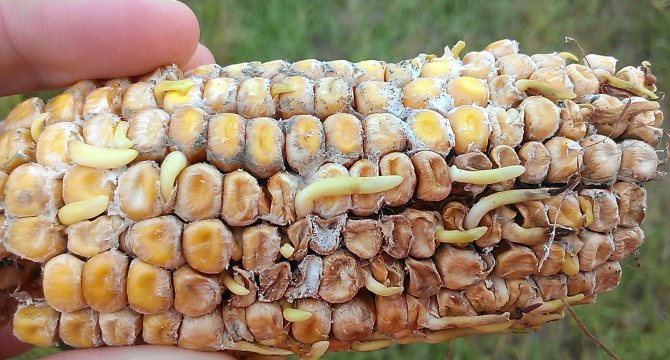

Diplodiasis of corn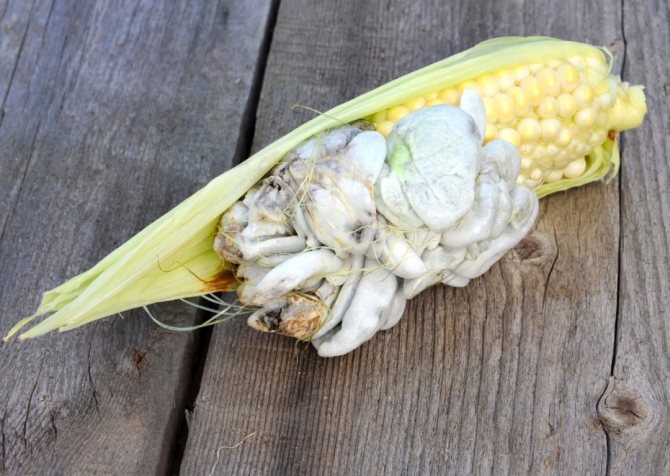

Bubble smut in corn
A thoughtful place of corn in crop rotation of plants will help to avoid problems with pests and diseases. It is forbidden to use chemical preparations before harvesting. In addition, their high toxicity harms not only insects, but also the soil and people who consume chemically processed fruits. An effective preventive measure is the care of crops, or rather top dressing, which strengthens the resistance of plants to diseases.
Harvesting
Sugar species are harvested from July to the end of August, depending on the variety, method and time of planting. Seeds on ready-made cobs are round, filled with juice, with a glossy skin of light yellow or cream color. In varieties with white grains, the color is appropriate. Whitish juice splashes when pressed. Overripe seeds are more yellow and rather hard to the touch. The milky ripeness phase passes very quickly, it is better to harvest the crop completely. The ears are stored in the refrigerator for up to 2 weeks, the seeds are frozen and canned.
At the stage of biological ripeness, by the end of September and mid-October, the grains are hard and hard. The color depends on the variety - bright yellow, creamy white or red-brown. Leaves and stem dry up, lose their green color, parchment to the touch. Corn for grain and for popcorn is harvested at the stage of biological maturation. Store in a dry place.
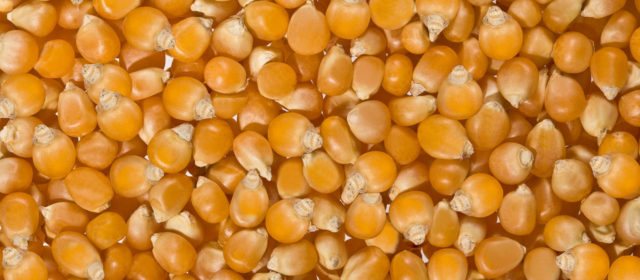

Secrets of growing corn
When cultivating a crop in open ground, follow the requirements:
- planting is carried out when the soil warms up to 12 ° C;
- seeds are embedded in moist soil, to a depth of 4-7 cm;
- successful landing only in spacious sunny areas;
- 3-time loosening of the soil with the removal of weeds;
- stepchildren are removed from sugar varieties;
- planting in large areas with preliminary seed treatment.
The key to successful corn cultivation is deep plowing of the site and autumn feeding with organic matter with superphosphate and potassium preparations.
Site selection and soil preparation
The condition of the soil is considered to be important points for growing a crop. The optimal soil for corn is black earth, loamy or sandy. The more oxygenated the earth, the lighter it is. This means that cultivation under these conditions will be successful. When planting corn in open or closed ground, you should avoid swampy lands so as not to provoke the occurrence of putrefactive diseases. The crop will yield a small crop if the land is heavy and compacted.
The soil is preliminarily cultivated. You need to prepare the land as early as possible. To make a deep arable layer, the soil must be dug several times to a depth of 30-35 cm. It is advisable to do this twice - in autumn and early spring. Then the land can be enriched with organic matter if it is infertile.
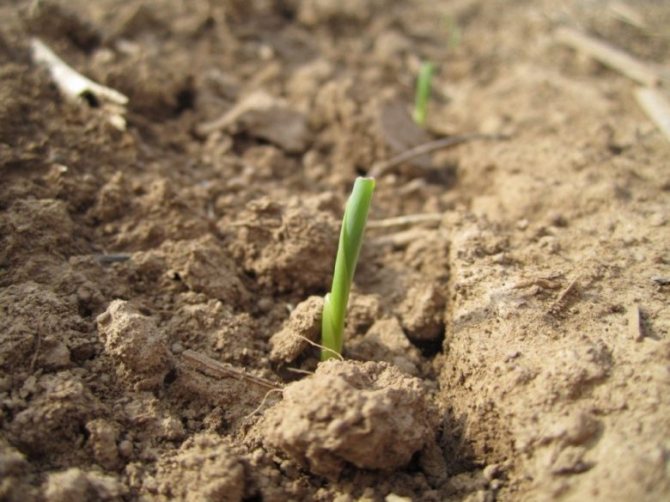

Corn seedlings
There are regions where the soil is acidic, such as the northwest of the country. To prepare the soil, before sowing, fluff lime or dolomite flour should be mixed with the ground, which reduce acidity. And then add rotted manure, which will enrich the land with organic compounds for the coming season.
We must not forget that nitrogen is washed out of the soil quickly, which means that fertilizing with fertilizer is applied several times during the period when the corn is growing.
On a note! When choosing a site, you should give preference to places where there is a small fence against the wind. Small trees or a fence will provide protection. The plant is stretched high, which means a possible hurricane can break the stems.A suitable place is along the fence. In this case, shady areas are not suitable, since the sun should illuminate the plant as much as possible.

